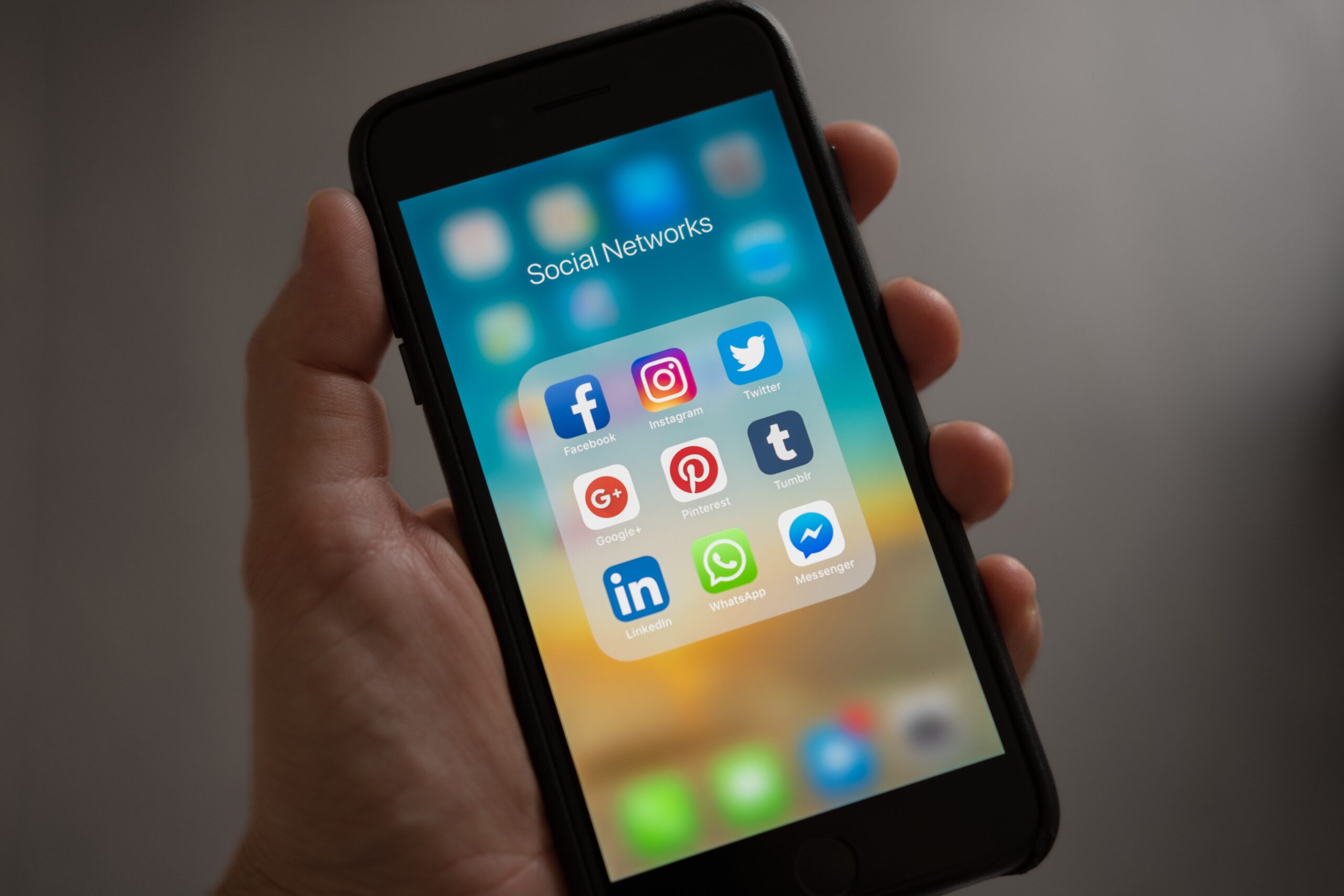Relive the brand's best innovations. See Motorola's most important moments.
Founded in September 1928, Motorola, one of the world's largest manufacturers of cell phones and communication solutions, celebrated its 95th anniversary this Tuesday (26).
Motorola celebrates its launch day, briefly reflects on its significant contributions to the industry, and shares its vision for a future of great revolutions. The company was founded as “Galvin Manufacturing Corporation,” but its greatest achievements came after changing its name to “Motorola Inc.” See the brand’s major contributions to the world of technology.

Motorola on the Moon
The company shocked the corporate and industrial telecommunications industry with its pagers in the 1960s, but made its presence felt with the 1969 Apollo 11 mission to the moon. The first manned mission to a natural satellite used the company’s radio technology to provide the first communications between Earth and the moon. “That’s one small step for man, one giant leap for mankind,” said Neil Armstrong, the first astronaut to walk on the moon, using a device developed by Motorola.
Exactly 50 years ago, in 1973, the company participated in the first cell phone call using a “brick” weighing more than 1 kg. Martin Cooper, former vice president and director of research and development at Motorola and known as the “father of the cell phone”, had his first telephone conversation on Sixth Avenue in New York.
Cultural impact
The world's first foldable phone was the Motorola StarTAC, released in 1996, but it wasn't until the Razr family was released in 2004 that the design became a hit. With an iconic look that automatically transports you back to the 2000s, the Razr V3 became a true pop culture phenomenon and one of the best-selling phones of all time. Now, the manufacturer wants to revive the popularity and nostalgic charm of these classic devices with the next-generation Razr family, which includes smartphones with flexible displays. The latest models in the line are the Razr 40 and Razr 40 Ultra, which cost from R$5,499 in Brazil.
More accessible technology
Motorola is celebrating the launch of the Moto Z3, the first commercially available smartphone with 5G. Launched in 2019, the phone was an important step in introducing a new generation of mobile networks to the world, and Motorola says it will democratize this technology by launching an even more affordable phone.
Furthermore, an excellent example of this strategy can be seen in the series “Moto G”, which includes several basic and mid-range phones with 5G support. In 2020, the family sold 100 million units worldwide. The manufacturer also praises the line for popularizing premium technologies, such as faster processors, more immersive sound and OLED screens.
The company also highlights its high-end models. The “Edge” family of premium and top-of-the-line phones usually attracts attention by showcasing new industry technologies. For example, the 200MP camera on the Edge 30 Ultra.
Synergies with Lenovo
Looking ahead, Motorola is emphasizing growth in B2B areas such as enterprise services, solutions and devices. This phenomenon reflects its integration with Lenovo, which acquired the brand in 2014 for $2.9 billion. One example of synergy between the two companies is Motorola's Lenovo ThinkPhone.
The brand expects this business to double in the next three years. Furthermore, it is expected to be one of the pillars of the brand. In other words, the focus is on improving relationships with consumers and expanding into “new markets”. No specific details have been released about Motorola’s future plans, but users can expect plenty of innovation and quality, as always.



